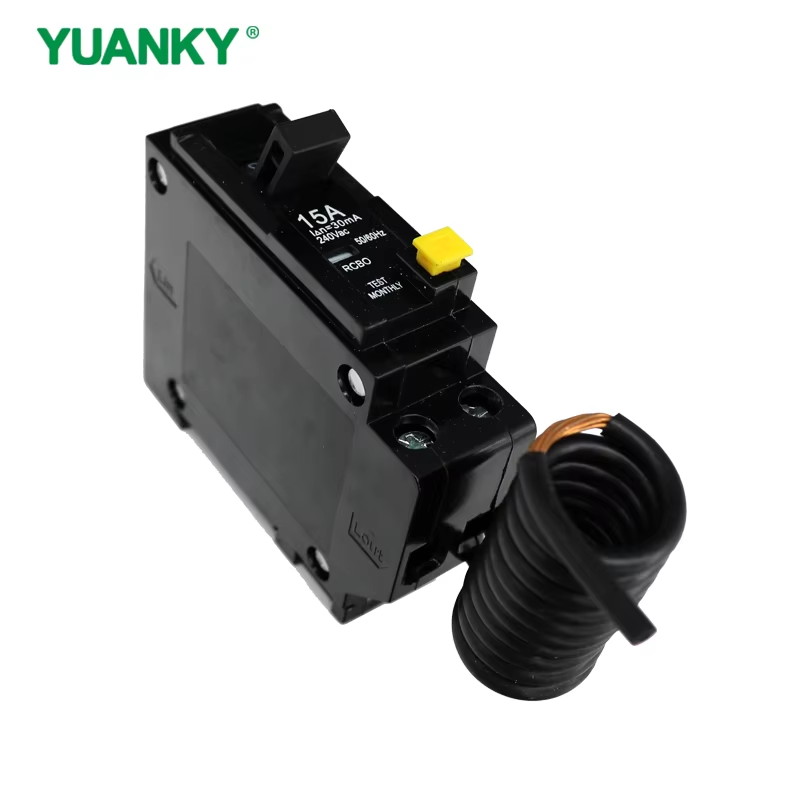Circuit breakers in low-voltage electrical appliances are strategically placed within a metal-enclosed switchboard or panel, with the main breaker often in the center for load balancing, and individual breakers arranged vertically and compartmentalized to protect specific circuits like lighting or outlets. The position of the breaker’s handle indicates its state, with “up” typically signifying “on” and “down” signifying “off,” though the location in a building is usually a central or accessible utility space like a garage, basement, or utility closet.
Panel and switchboard placement
Main breaker:
In large switchboards, the main circuit breaker is ideally placed in a central column to distribute the current equally to branches on either side, which can reduce the required size of the main busbars.
Individual breakers:
Within a switchboard, individual breakers are typically arranged vertically in separate compartments. Each breaker is for a specific circuit, such as lighting or power outlets.
Accessibility:
The switchboard itself is usually located in a low-traffic area of a building, like a garage, basement, or utility closet.
Breaker position and state
On/Off:
The handle’s position indicates the breaker’s state. In most cases, when the handle is in the “up” position, the circuit is on. When it is in the “down” position, the circuit is off.
Tripped:
If a breaker has tripped due to a fault, the handle may be in an intermediate position. To reset it, you must first move the handle to the fully “off” (down) position before switching it back to “on” (up).
Post time: Oct-14-2025


